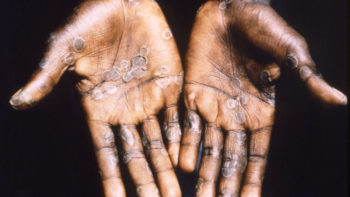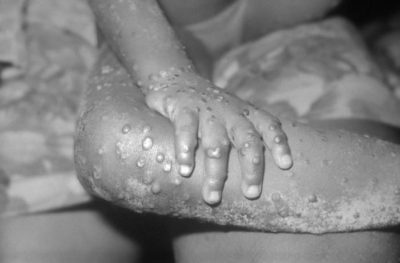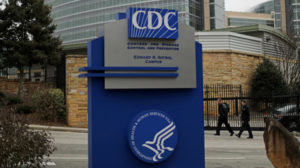The number of people in Georgia being monitored for potential exposure to monkeypox has increased to 43, Public Health officials said Monday.
The new 17 were added to the 26 reported by GHN last week because the CDC “originally assigned them to the wrong jurisdiction,’’ said Nancy Nydam, a spokeswoman for the Georgia Department of Public Health.
None of the 43 has reported having a fever or any other symptoms, she said. They are all considered to be at low risk for getting the rare disease, and are under the same exposure timeline.
Overall, more than 200 people in the United States are being monitored after coming into contact with an individual who contracted monkeypox before flying July 8-9 from Nigeria to Atlanta and then to Dallas.

Transmission of monkeypox can occur when a person comes into contact with an infected animal (not necessarily a monkey, despite the name), with an infected human, or with materials contaminated with the virus. The virus enters the body through broken skin, the respiratory tract, or the mucous membranes (eyes, nose, or mouth).
The CDC says it believes the risk is low that monkeypox spread on the infected individual’s flight early this month, or in the airports along the way. Travelers were required to wear masks because of COVID, and monkeypox is primarily transmitted from human to human through respiratory droplets, the agency said.
Days after the flight, the individual sought care at a Dallas hospital emergency room, where the diagnosis of monkeypox was made.
“We have passed the end of the typical incubation period (14 days), so chances are even lower now that someone would develop monkeypox from this exposure at this point,’’ Nydam said. The monitoring, she added, will continue until 21 days past last possible exposure, so it will be in effect through Friday.
STAT News reported that the people being monitored include a number who sat within six feet of the infected individual on the Lagos-to-Atlanta flight; others who used the mid-cabin bathroom on that flight; airline workers who cleaned the bathroom after the flight; flight attendants; and some family members who had contact with the individual in Dallas.
Monkeypox was first discovered in 1958 when two outbreaks of a pox-like disease occurred in colonies of monkeys kept for research, a finding that led to the naming of the disease.
The first human case of monkeypox was recorded in 1970 in the Democratic Republic of Congo during an intense campaign to eliminate smallpox.
The disease is caused by a virus that is related to smallpox, the only human virus to have been eradicated.

Monkeypox causes less severe illness than smallpox, but is still dangerous. The CDC said that the fatality rate for the strain of monkeypox seen in the Dallas case is about 10 percent, STAT News reported. Monkeypox is rarely seen in people.
Symptoms of monkeypox are similar to but milder than the symptoms of smallpox.
Rodents, including animals kept as pets, can carry monkeypox and transmit it to people. In 2003, 47 people in the U.S. were infected with the virus. The outbreak was traced to a shipment of small mammals from Ghana that were sold as pets, CNN reported.

